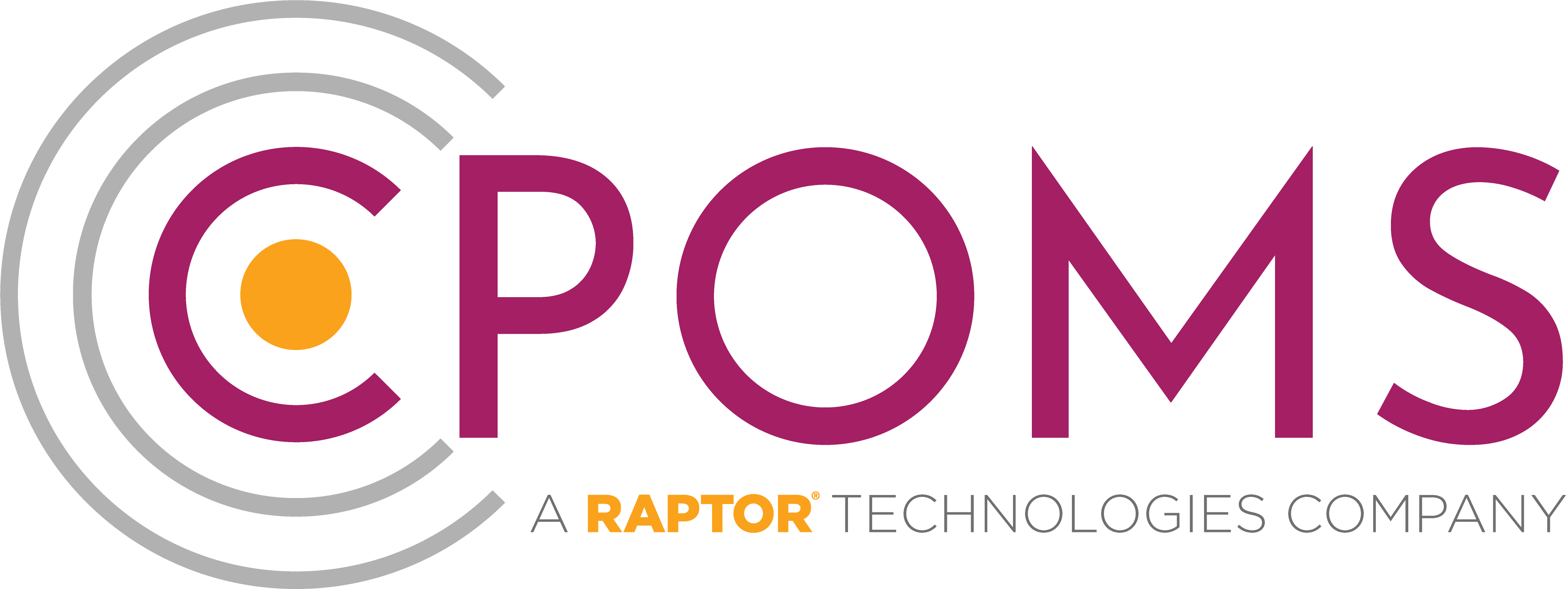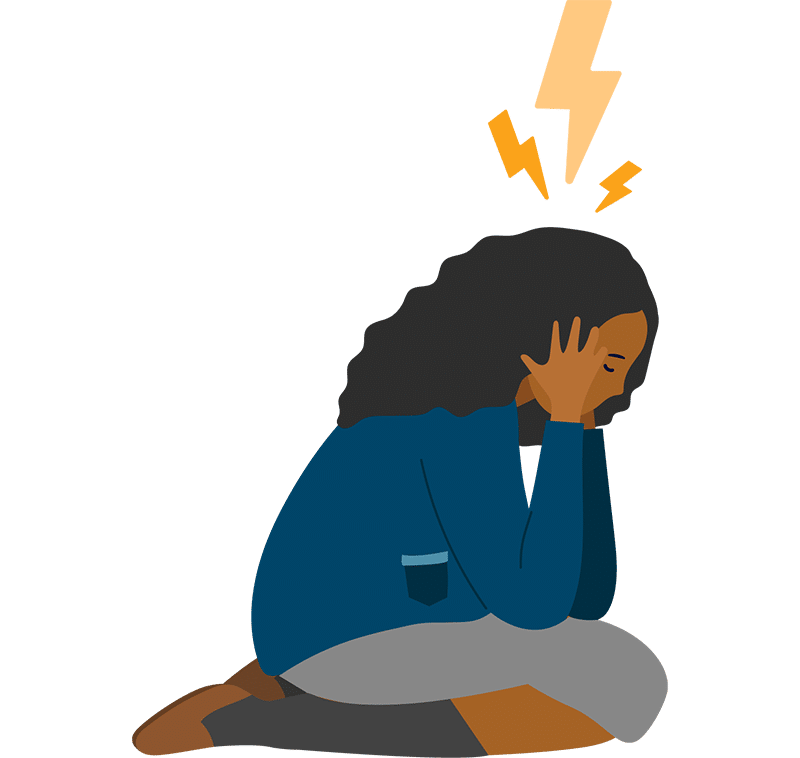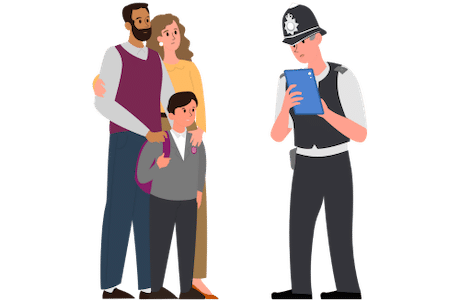No child should ever face sexual abuse, yet young people across the UK remain at risk every day. In 2021, the National Crime Agency estimated that between 550,000 and 850,000 individuals in the UK posed a degree of sexual risk to children. By September of that same year, 67,675 sexual offences against children were recorded by the police.
When children are sexually abused, it can have a serious, lifelong impact on their health and wellbeing. Delayed or inadequate support can lead to many future complications, including physical and mental health issues, increased risk of substance abuse, or displays of antisocial and criminal behaviour.
Everybody working with children has a duty of care to protect them from harm. There may often be warning signs that a child is suffering, which are critical to act upon. However, as children and young people move through different settings, there is a risk that these signs are not spotted. To make sure such they are not missed and a child at risk doesn’t slip through the net, schools and local authorities must work together to identify any concerns and take appropriate action to mitigate risks quickly.
In this blog, we take a closer look at possible warning signs of sexual abuse, the impact it can have and the importance of early intervention in providing the best possible care to vulnerable children.
How does sexual abuse impact children?
According to the NSPCC child sexual abuse (CSA) refers to any instance where a child is forced or persuaded to take part in sexual activities. This can either be physical contact, such as sexual touching of any part of the body, or non-contact, such as flashing at a child or making, viewing or distributing child sexual abuse images. It can happen both online and offline.
Sexual abuse can have a significant effect on children’s health and wellbeing, with its impact lasting long into adulthood. The potential effects of CSA are vast and can include:
- Mental health issues such as anxiety, depression, PTSD or eating disorders
- Use of drugs or alcohol
- Challenging or criminal behaviour
- Vulnerability to further abuse
When it comes to protecting children from the harm of sexual abuse, early intervention is key. Quick and effective support is crucial for achieving the best possible outcomes, extending beyond removing them from a situation where they are at risk. Children must also receive long-term support to make sure they remain safe and well in the future.
Recognising the signs of childhood sexual abuse
According to the Rape, Abuse and Incest National Network, RAINN, government authorities respond to a report of CSA every nine minutes. Providing support as quickly as possible can prevent issues from escalating, reducing the damage that is caused. The first step to ensuring that any child who experiences CSA receives swift support, is being able to identify that there is an issue or cause for concern.
However, it is not always easy to spot that a child is suffering such abuse. Children might not understand that what they have experienced is abusive or know how to explain what is happening to them. It is therefore important that anybody who works with children can recognise the often ‘hidden’ signs that could be cause for concern. According to Barnados, staff across education settings should be aware of and able to recognise the following indicators, which include:
- Physical indicators – bruising, bleeding, sexually transmitted infections or pregnancy at an early age.
- Behavioural indicators – sudden withdrawal, isolation, fear of a particular person, displaying sexual behaviours that are inappropriate for their age, substance abuse, self-harm or bed-wetting.
- Emotional indicators – lack of self-esteem, poor emotional wellbeing or changes in emotion, such as increased fear, anxiety or anger.
Should children display such behaviours, staff should then act rapidly to make sure the issue is escalated to the relevant bodies, and adequate support is put in place.
Enhancing communication for child protection
Taking action against CSA is a complex and highly sensitive task for all those involved. It is also an extremely critical issue to handle efficiently and securely.
For staff across education settings, asking vulnerable children the right questions can play a key role in identifying any underlying issues or concerns. Keeping questions open, rather than leading, is a useful tool for establishing a full picture of circumstances, making sure that no information is missed.
Advice from the Centre of Expertise on Child Sexual Abuse states that children rarely share everything in one go. They may disclose what is happening to them through unintentional or indirect methods, including behavioural manifestations such as sexual preoccupation or, as well as directly potential abuse.
Keeping children safe from sexual abuse is a huge responsibility and not something education staff should tackle alone. School and local authority child protection collaboration is the best way to make sure that all vulnerable children receive timely, co-ordinated support, with nobody falling through the gaps.
The role of safeguarding software for preventing sexual abuse in schools
We understand that CSA is challenging to navigate, with no margin for error. For staff in schools and supporting agencies to work together effectively, there are tools in place which support fast and efficient communication when it comes to child protection.
Safeguarding software like CPOMS StudentSafe helps you uphold your educational safeguarding practices whilst exercising urgency in referring to the appropriate agencies and providing clear, effective and secure record-keeping to prevent sexual abuse in schools. As information is entered, a student’s chronology is automatically constructed so you can see a clear picture with little effort. This allows safeguarding leads to readily connect the dots on a situation and address concerns with the relevant authorities in order to provide early intervention. By working together to provide a joined-up approach to safeguarding, education settings can make sure nothing is missed, and no child is left without access to the support they need.
To ensure best practices for schools and local authorities to prevent sexual abuse, CPOMS Engage offers a collaborative approach to pupil safety and wellbeing. Safeguarding, child protection, pastoral and welfare information can be securely shared across settings and the local authority to provide a holistic view of all concerns, incidents and interventions for all children. This ensures that no child slips through the cracks, whether they attend multiple settings, are in social care, or attending a virtual school, CPOMS Engage allows safeguarding processes to remain consistent throughout each setting.
To find out more about how CPOMS software solutions can support with school and local authority child protection collaboration and preventing sexual abuse in schools, reach out to our team to arrange a demo today.




